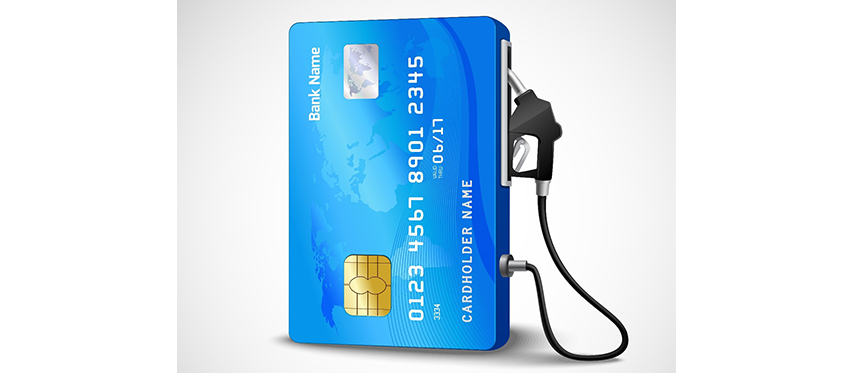
It is too quiet. Something monumental just happened in the convenience store (C-store) industry. We simply don’t know its impact… yet.
For over 10 years, the C-store industry has discussed the requirement to accept Europay, Mastercard and Visa (EMV) chip transactions at outdoor dispensers. The original deadline (October 2015) was delayed three times: October 2017, October 2020, and April 2021. It is staggering to think how many billions of dollars the C-store industry has already spent to enable EMV chip transactions. At the same time, even after multiple delays, less than half have made the necessary upgrades, according to Convenience Store News. That means about 60,000 C-stores still need to upgrade their credit card readers or swap out their fuel dispensers.
So what happens now? Consider the following:
The chargeback P&L impact timeline. While some operators may experience chargebacks as soon as their next credit card billing cycle, many will likely see a multi-month delay before financial penalties become a profit and loss (P&L) item. Card issuers may take months to detect counterfeit chargeback fraud and pass it along to acquiring banks. Similarly, acquiring banks may take some time to pass chargebacks to the major oil brand and fuel marketers. When you consider the many chargeback handoffs, it may be many months before C-store operators realize the financial impact of the Outdoor EMV Liability shift.
The past can predict the future. With previous EMV implementations, credit card fraud did not decrease; it shifted. When certain regions (e.g., Europe, Canada, etc.) implemented EMV, credit card fraud increased in non-EMV countries (e.g., U.S.). In 2015, when EMV was implemented in retail stores, online e-commerce credit card fraud increased. Similarly, when EMV was implemented in-store for the C-store industry, counterfeit credit card fraud grew in the forecourt.
According to Connexxus, credit card fraud at the dispenser has been rising, with the industry averaging a 23% year-over-year growth rate. With roughly half of the C-store market taking EMV-chip transactions at the forecourt, that means criminals have lost a sizeable share of their addressable market. While they are indeed developing new ways to commit fraud at EMV-capable dispensers, standard criminal approaches are still viable at non-EMV compliant stations. And of course, in their minds, some revenue is better than none. In the past, it took nine months or so before criminal targeting practices changed. However, since targeting new geographic areas requires only a change in operational practices and not new technology, their ability to hone in on non-EMV compliant C-stores may happen much faster.
The threat is not evenly distributed or incremental. As criminals lose access to their favored sites – those with high traffic volumes in densely concentrated areas – their attention will be drawn downstream to locations with less volume across a greater geographic spread. Some of these new C-store targets will therefore experience incremental increases in chargeback liabilities (perhaps going from a few hundred dollars per month to thousands). Others may also experience a dramatic punctuated explosion in chargeback penalties (e.g., $10k – 100k+).
The threat will continue to evolve. While half of the C-store market is not currently EMV-compliant, many operators are aggressively working through hardware inventory availability, software certifications, technician shortages, permit delays, and other problems. As more C-stores become EMV-compliant, chargeback pressure will rise for the shrinking group of non-EMV compliant C-stores. A smaller portion of the market will bear an increasingly significant proportion of the C-store market’s credit card fraud. Past and current chargeback ratios do not indicate tomorrow’s reality.
EMV-only credit cards! EMV-chip transactions have become a credit card industry norm. In the future, expect banks to issue EMV-only credit cards (without the magstripe) with aggressive rebate programs to monetize lower threat risks and entice consumers to accept potential inconveniences.
So what should you do?
Upgrade your forecourt dispensers to accept outdoor EMV transactions. If you are going to sell fuel, you must comply – not only for the sake of the industry, but your own operations. In this instance, compliance isn’t a matter that concerns the law or the government. With Outdoor EMV Liability, compliance is a matter that concerns your “ability” to do business.